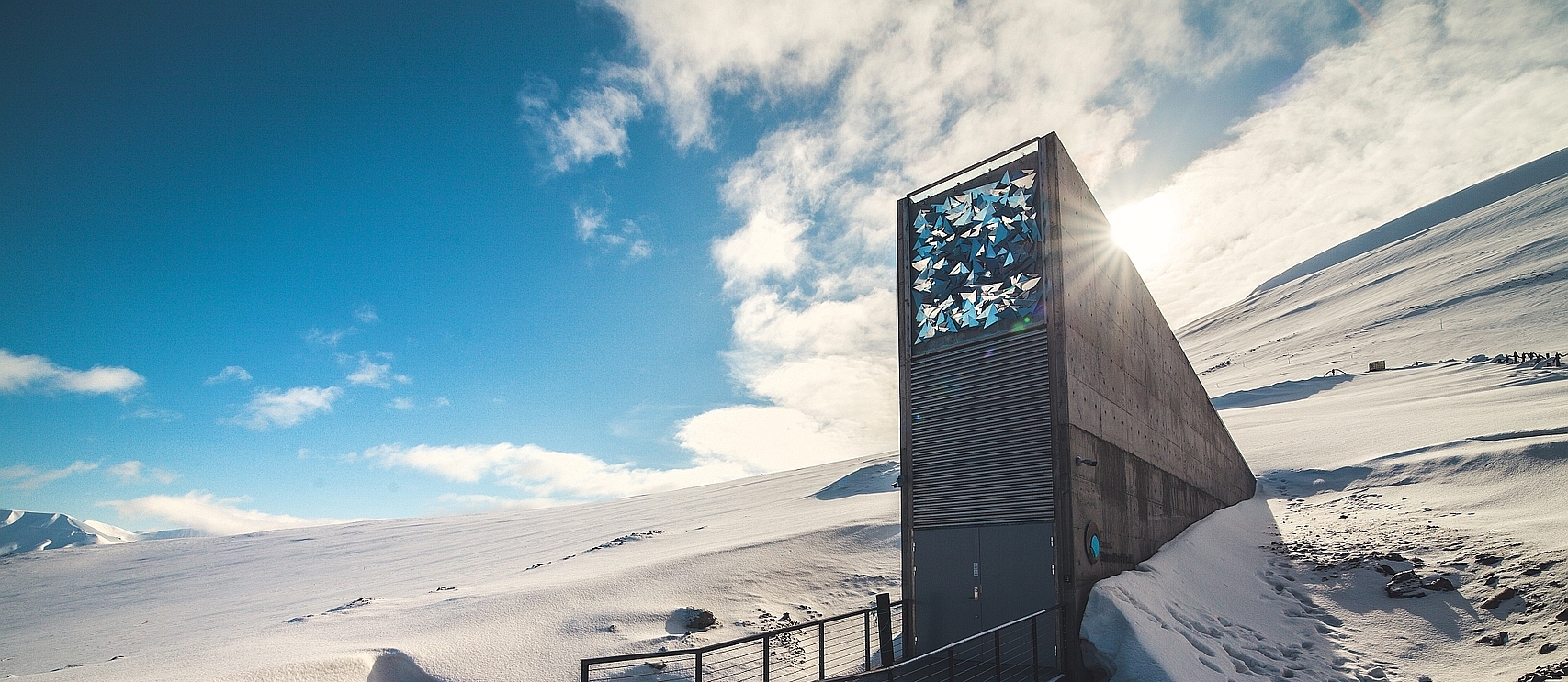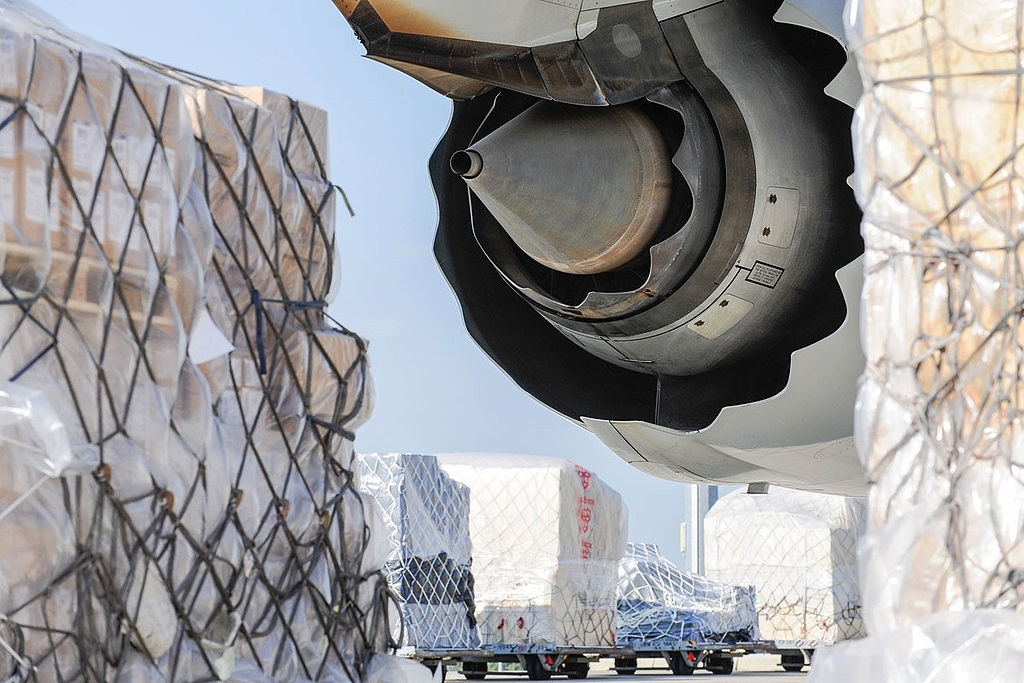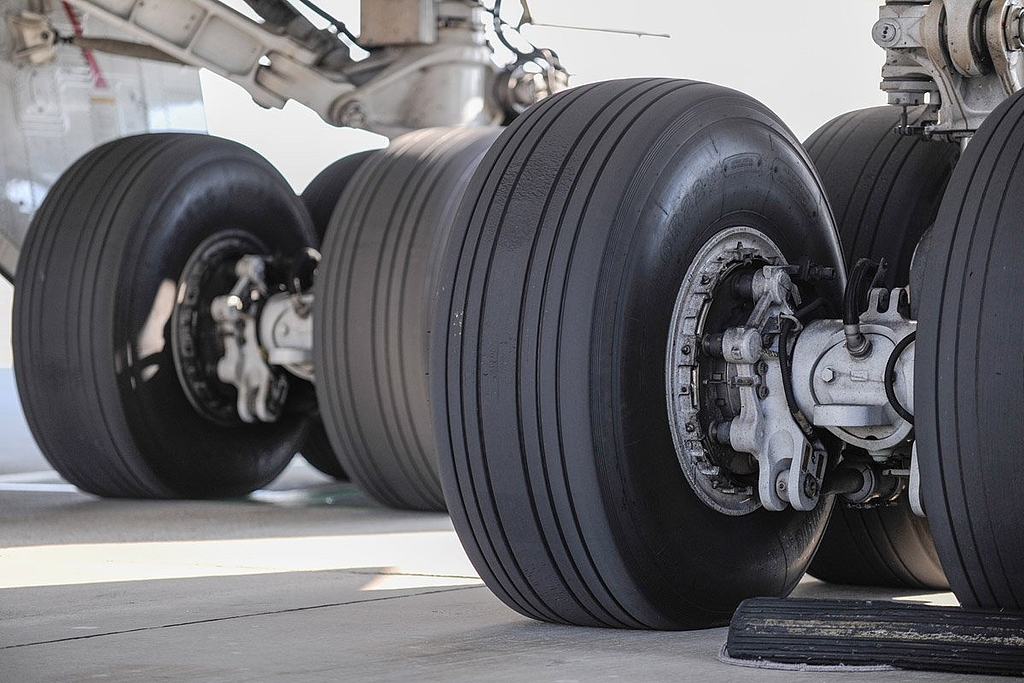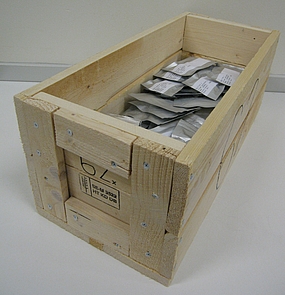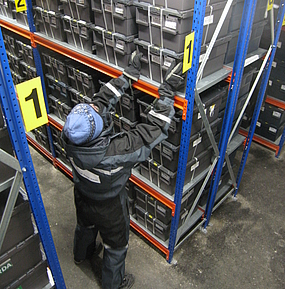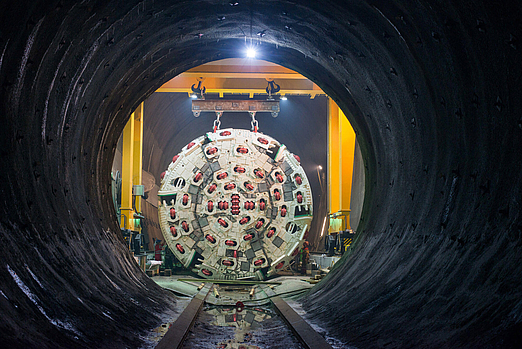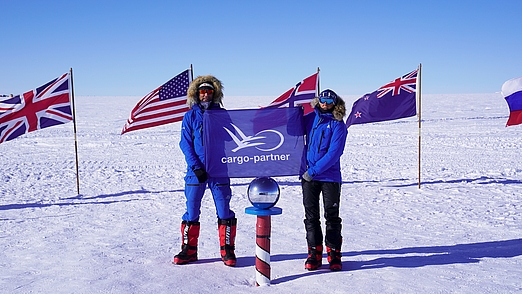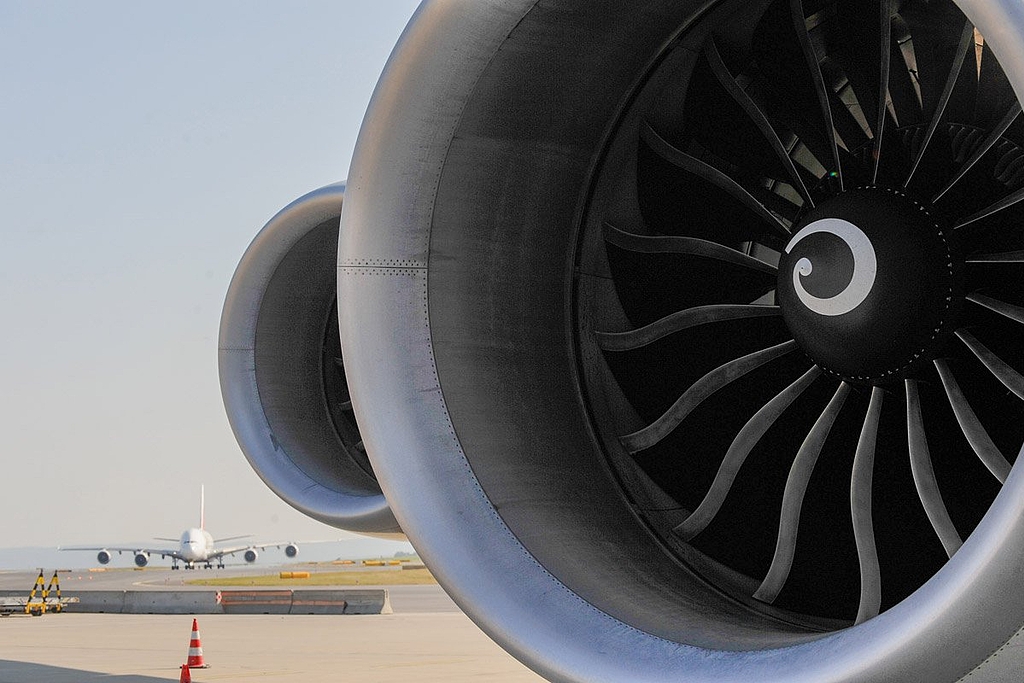Seed donations for “Noah’s Ark” on Spitsbergen
When seeds must be locked in a vault
- Insights
The Svalbard Global Seed Vault on the Norwegian island of Spitsbergen is a world-renowned facility where vast quantities of seeds are stored securely as part of a long-term project. The seeds are being preserved here in an effort to protect key crops and conserve crop biodiversity. The goal is to safeguard these seeds for future generations. Our company also recently delivered a portion of valuable seed from the Balkans to the polar region under strict conditions. Find out more about how seed is properly stored, how some varieties can be preserved for an incredible 10,000 years, and what unexpected challenges have arisen along the way.
